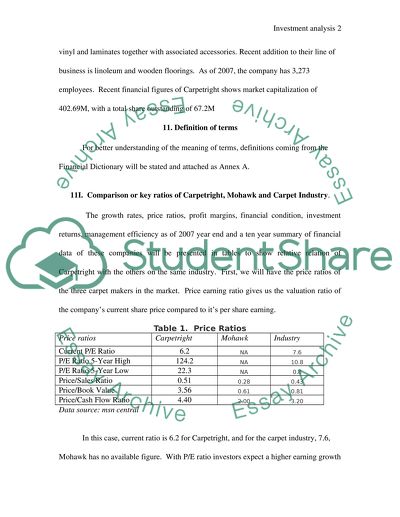Cite this document
(“Carpetright plc financial comparison Coursework”, n.d.)
Carpetright plc financial comparison Coursework. Retrieved from https://studentshare.org/miscellaneous/1549804-carpetright-plc-financial-comparison
Carpetright plc financial comparison Coursework. Retrieved from https://studentshare.org/miscellaneous/1549804-carpetright-plc-financial-comparison
(Carpetright Plc Financial Comparison Coursework)
Carpetright Plc Financial Comparison Coursework. https://studentshare.org/miscellaneous/1549804-carpetright-plc-financial-comparison.
Carpetright Plc Financial Comparison Coursework. https://studentshare.org/miscellaneous/1549804-carpetright-plc-financial-comparison.
“Carpetright Plc Financial Comparison Coursework”, n.d. https://studentshare.org/miscellaneous/1549804-carpetright-plc-financial-comparison.


